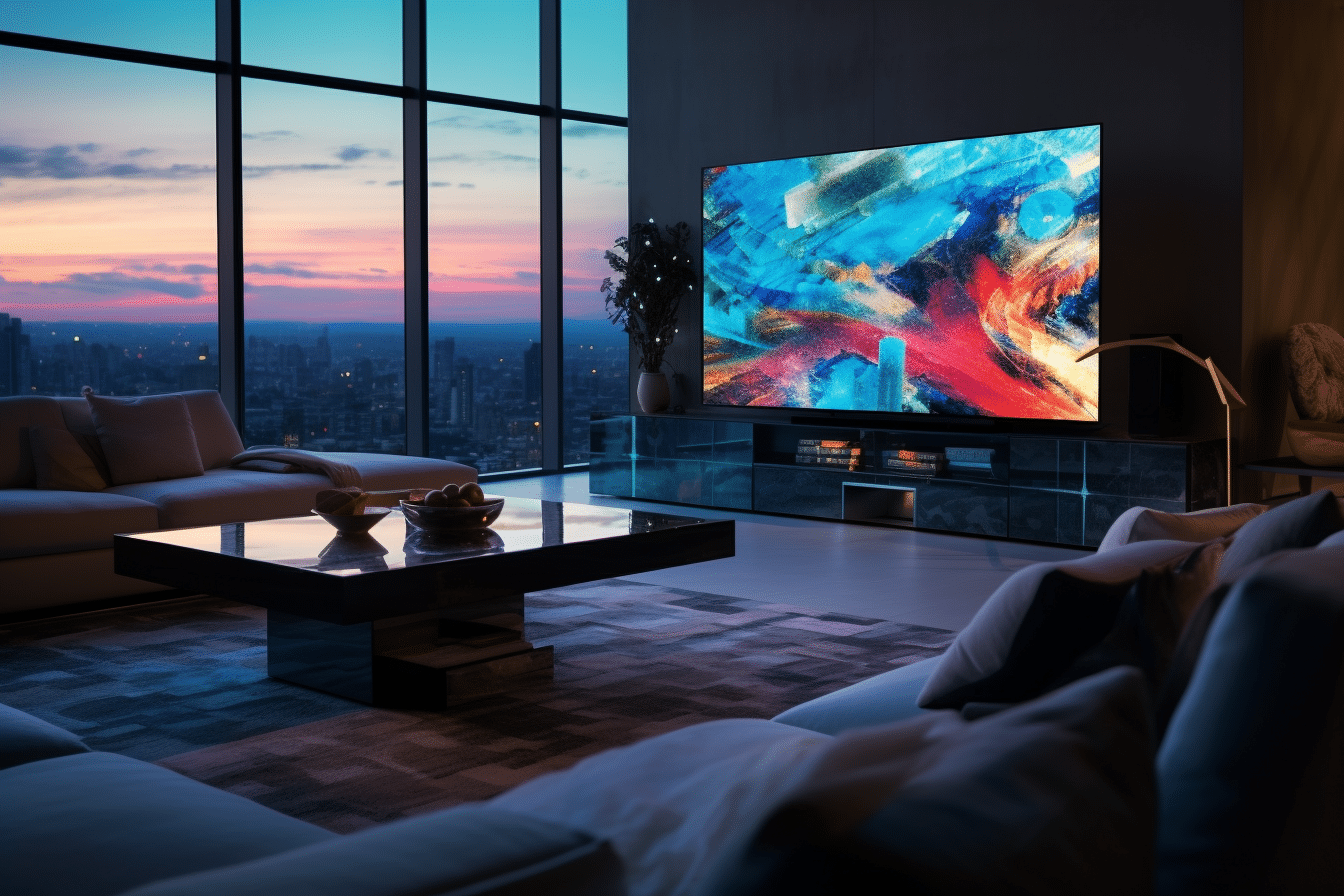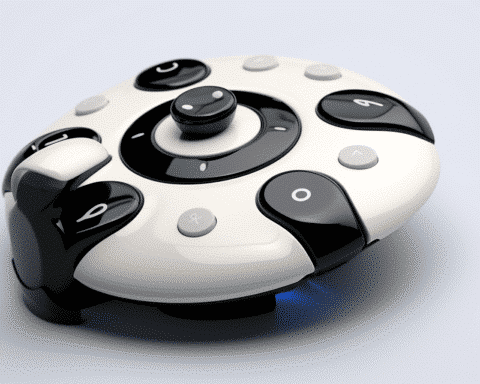In a groundbreaking development for the television industry, Sony has recently showcased a prototype display that signifies a significant leap over traditional OLED technology. This event marks a continuation of Sony’s legacy in pioneering TV technology since its remarkable 2018 CES revelation of an 8K LCD TV, which boasted an unprecedented 10,000 nits of brightness.
Central to Sony’s innovative approach is its focus on brightness as a crucial element of modern TV performance. The new LED display prototype, demonstrated in Tokyo, showcases Sony’s commitment to achieving high brightness and contrast levels without the excessive power consumption that typically accompanies such advancements. This development aligns with the increasing importance of energy efficiency in consumer electronics.
The prototype leverages Mini LED technology, which is controlled by an advanced local dimming engine driven by an AI-enhanced processor. This combination not only ensures stellar display performance but also maintains a low energy footprint, making it a groundbreaking achievement in the TV industry.
From a technical standpoint, the prototype represents a synergy of several innovative features. Sony has developed a new, compact LED driver chip entirely in-house, which is notably smaller than its predecessors yet delivers equivalent performance power at a fraction of the production cost. This advancement enables an increased count of mini LEDs and more dimming zones, thereby enhancing the screen’s brightness capabilities without ramping up power consumption or production costs.
Furthermore, Sony’s new driver optimizes the efficiency of the LED driving system. It requires less current to operate each LED and sustains this lower current for a longer duration in each cycle. These drivers, which operate on a frame-by-frame basis, further enhance the display’s efficiency. Each driver can handle multiple zones, applying varying amounts of current to each, thereby optimizing the screen’s overall power usage.
An integral part of this new technology is the latest generation of the Sony Cognitive XR processor. Known for its capabilities in previous Sony TVs, the processor in the prototype has been enhanced to offer unprecedented control. It optimizes the backlight level across all gradations, from the darkest to brightest points, for every LED zone and every frame. This results in a level of precision and contrast control that has not been seen before in consumer displays.
The prototype’s performance was put to the test against Sony’s 65X95L mini LED TV from its 2023 range, and the results were remarkable. The new prototype not only produced higher levels of brightness but also significantly reduced the amount of backlight blooming. This was particularly noticeable in challenging HDR content, where bright highlights against dark backgrounds were rendered with exceptional clarity and depth.
Another notable aspect of the prototype is its enhanced color volume. The images displayed were more vibrant and lifelike compared to conventional displays, without appearing over-saturated. This leap in color intensity is attributed to the prototype’s ability to handle a wider range of light and color, enhanced by Sony’s Triluminos color system.
In terms of power efficiency, the prototype proved to be a game-changer. Despite its enhanced performance, it was capable of consuming up to 30% less power than previous models, even outperforming OLED TVs in certain scenarios. This efficiency is a testament to Sony’s commitment to not only advancing display technology but also addressing the environmental impacts of consumer electronics.
As Sony prepares to reveal more about its 2024 TV range, this prototype stands as a testament to the brand’s vision for the future of television. It’s a bold statement of intent from Sony, promising a new era of TV technology that combines unparalleled brightness, contrast, and energy efficiency.




